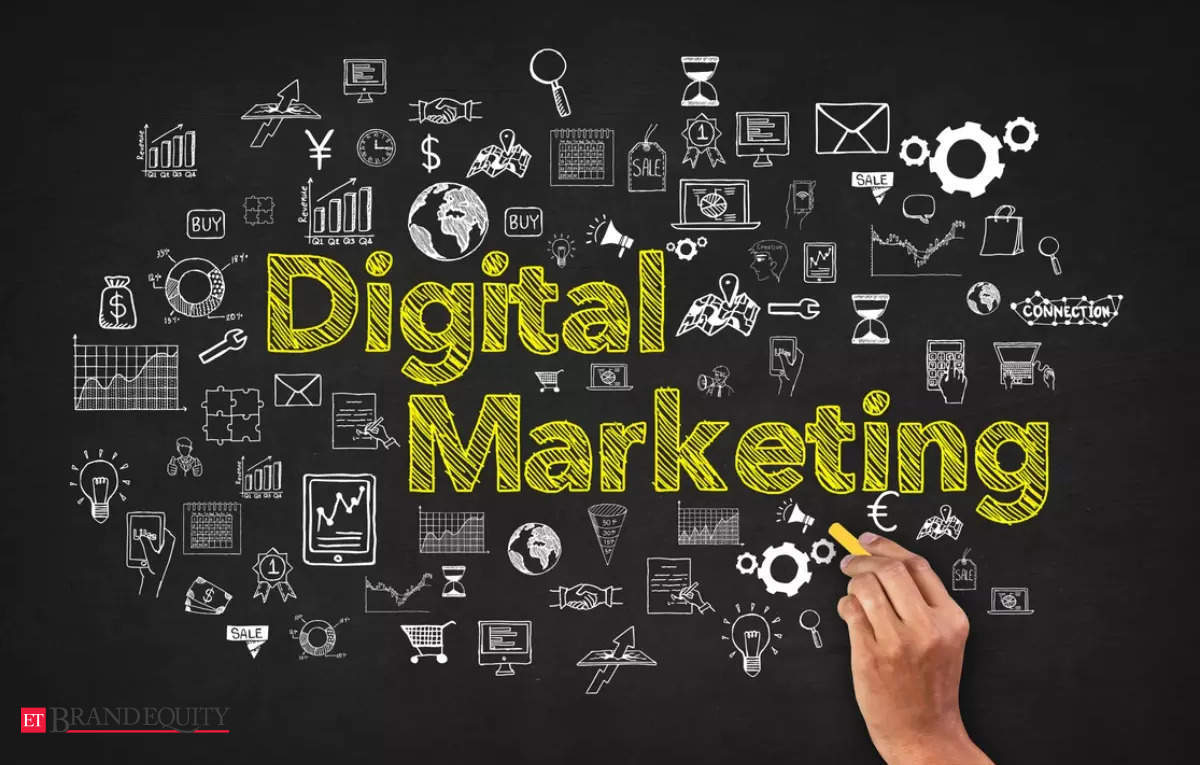The Duty of Social Media in Modern Digital Marketing Practices
Wiki Article
Studying Data to Optimize Your Digital Marketing Efficiency
In a period where electronic footprints are vital, analyzing data is paramount to optimizing your electronic advertising and marketing efficiency. This data-driven method not just lines up advertising and marketing initiatives with customer preferences but likewise makes best use of Return on Investment. Curious concerning taking your advertising and marketing to the next level?Identifying Trick Metrics

CTR indicates the percent of users that click on an ad or web link, providing insight into the performance of imaginative assets and targeting techniques. ROI, on the other hand, analyzes the profitability family member to the expenses sustained, offering an extensive sight of the monetary effect of marketing tasks.
In addition, various other critical metrics like Customer Purchase Cost (CAC) and Lifetime Value (LTV) provide deeper insights right into the cost-effectiveness and long-term worth generated from marketing initiatives. By diligently tracking these KPIs, companies can make data-driven decisions to refine and boost their digital marketing approaches.
Recognizing Consumer Actions
Structure on the structure of key metrics, an in-depth understanding of client habits gives a nuanced perspective that drives a lot more effective electronic advertising techniques. By examining just how clients connect with your online systems, you can uncover patterns and preferences that educate targeted advertising efforts. This includes looking at different touchpoints such as website navigating, web content intake, and social networks involvement.
Comprehending customer behavior begins with segmenting your target market based on market, psychographic, and behavioral data. This division enables individualized advertising and marketing, satisfying specific requirements and choices of distinct groups. For example, recognizing constant buyers versus single purchasers can help tailor promotional deals and interaction approaches appropriately.
In addition, mapping the consumer journey is essential. This involves tracking the steps a customer extracts from initial recognition to last acquisition, and also post-purchase engagement. By doing so, you can identify prospective drop-off points and maximize these areas to boost customer retention and conversion rates.
Furthermore, examining feedback and reviews offers straight understandings right into consumer complete satisfaction and locations for improvement. Comprehending the motivations, discomfort factors, and expectations of your target market allows the crafting of even more reliable and resonant marketing messages, inevitably driving higher interaction and loyalty.
Leveraging Analytical Tools
Using the power of analytical devices is important for maximizing digital advertising and marketing efficiency. These tools supply granular understandings right into various aspects of advertising campaigns, from audience involvement to conversion prices.The utility of analytical tools expands beyond plain data collection. They promote the recognition of trends, patterns, and anomalies that may otherwise go undetected. For example, heatmaps can disclose individual communication with web site aspects, while A/B testing tools can establish the performance of different web content variants (Digital marketing). Moreover, predictive analytics can anticipate future patterns, permitting marketers to stay ahead of the contour.
Integrating logical tools with other electronic advertising platforms, such as social media sites and email advertising and marketing software, develops a cohesive ecosystem for extensive efficiency monitoring. This all natural sight guarantees that all facets of an electronic advertising method are lined up and maximized. In a progressively competitive digital landscape, the ability to leverage analytical devices successfully can be the determining factor his explanation between success and torpidity.
Enhancing Content Approach

One secret element of improving web content strategy is recognizing audience choices and behavior. Analytics can disclose market info, height involvement times, and favored material styles, such as videos, infographics, or blog sites. This understanding allows online marketers to customize their content to fulfill the specific demands and interests of their audience, consequently raising the likelihood of engagement and conversion.
Additionally, constant tracking and analysis of material efficiency provide insights right into what is functioning and what needs adjustment. For instance, A/B testing various headlines or calls-to-action can yield valuable information on components that drive the many interaction. In addition, tracking content performance throughout numerous networks aids in maximizing circulation strategies, guaranteeing that the ideal material gets to the ideal audience through the most efficient systems.
Fundamentally, data-driven material method enhancement is a cyclical process of analysis, improvement, and implementation, tailored towards delivering optimal value to both the audience and business.
Gauging Project Success
Gauging project success is vital for understanding the efficiency of electronic marketing initiatives and making informed decisions for future efforts. Trick efficiency signs (KPIs) are essential metrics that provide understandings right into project efficiency.To efficiently determine campaign success, it is important to set clear, measurable objectives from the start. These objectives must be straightened with broader organization purposes and give a criteria for evaluating efficiency. Utilizing tools like Google Analytics, social media analytics, and CRM systems can facilitate the monitoring of these KPIs and offer real-time data insights.
Assessing this data aids identify which elements of the project are functioning well and which require adjustments. A reduced CTR may indicate that ad duplicate requires refinement, while a high CAC could recommend a demand for targeting optimization. Continual surveillance and analysis guarantee that marketing initiatives are responsive and nimble, ultimately resulting in more efficient and effective projects.
Conclusion
To conclude, the optimization of electronic advertising efficiency via information evaluation is necessary. Recognizing essential metrics such Recommended Reading as Click-Through Rates (CTR) and Conversion Rates (CR) enables a much deeper understanding of consumer habits. Leveraging logical tools, consisting of Google Analytics and heatmaps, improves content methods and project performance. Continual monitoring and data-driven modifications make certain that advertising and marketing initiatives line up with advancing patterns, inevitably driving greater Return on Investment (ROI) and achieving critical purposes.
Report this wiki page